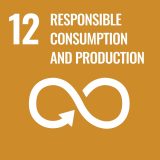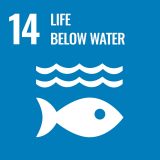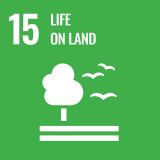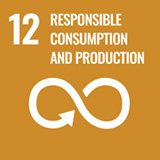Preserving our environment
A thriving, balanced, regenerative ocean ecosystem is key to the quality of fish we produce and the longevity of our business.
Read More


Marine water quality
Petuna’s very future depends on best practice sustainable aquaculture, which demands we maintain the integrity of the natural environments in which we operate. Our fish also need a healthy environment to thrive, so we constantly monitor and report water quality data from each of our marine farm sites, including water temperatures and dissolved oxygen levels.



Our marine lease footprint
Comparative size of Petuna’s marine lease footprint with agriculture and plantation forestry areas in Tasmania

Reducing our carbon footprint
Since 2019, our owner company Sealord, has measured its carbon footprint to better understand its effect on the environment. Petuna’s emissions were added to Sealord’s emissions in 2022.
Both companies are dedicated to reducing Sealord’s total carbon footprint and Petuna has a key role to play in this through feed innovation and efficiency. As we grow more fish, we must understand and measure the amount of CO2 emissions per kilogram of fish we harvest and continue reducing this over time.
We know that feed contributes up to 80% of most environmental footprints in aquaculture production, so we are working with our feed suppliers on innovation centred around lowering carbon emissions, using more circular and restorative raw materials, and minimising ingredients derived from wild fish stocks.
More information on our feed suppliers can be found on their websites.





